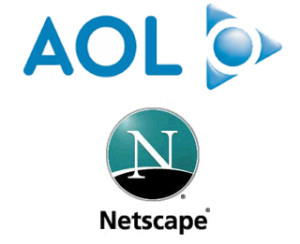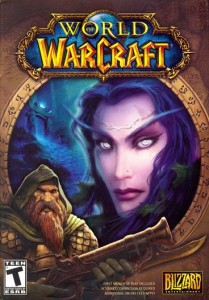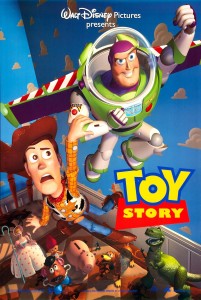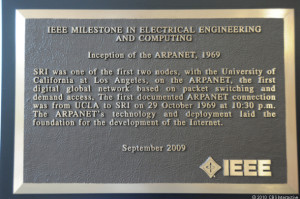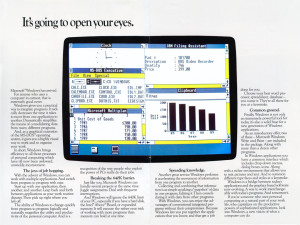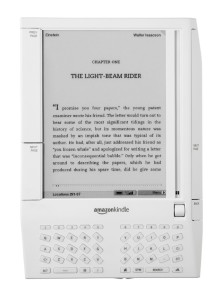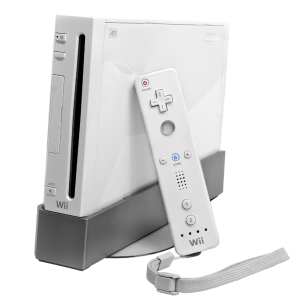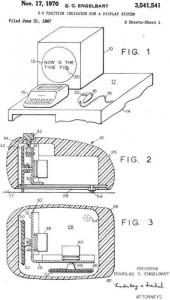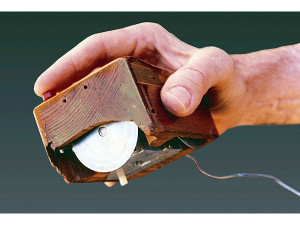Roxio Acquires Napster Legacy
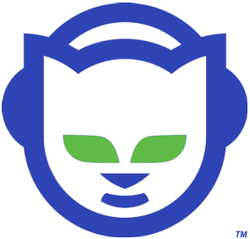
Digital media software company Roxio purchases the assets of the former Napster, including name, logo, domain name, technology portfolio, and other intellectual property. Napster was the peer-to-peer file sharing service that changed the music industry forever, facilitating the easy sharing of music, much to the chagrin of the established music industry. The RIAA sued Napster causing a judgement against the file-sharing service requiring them to monitor its network for copyright infringing material and restrict access when made aware of such incidents. Napster could not comply with this court order and shut down its service before declaring bankruptcy in 2002.
Roxio was the first company to attempt to use the Napster brand for a music service, renaming Pressplay as Napster 2.0. In September 2008, Best Buy purchased the Napster service for $121 million, before merging it with the Rhapsody service in December 2011.
AOL Buys Netscape
AOL announces it will buy Netscape Communications in a stock-for-stock deal worth approximately $4.2 billion. At the time it was considered a move by AOL and Netscape to merge forces to better compete with Microsoft in the browser and Internet provider markets. However, Microsoft’s dominance in the personal computer market could not be stopped and the Netscape browser lost almost all marketshare to Internet Explorer. In 2003 Microsoft settled a monopoly lawsuit with AOL (then merged with Time Warner) for $750 million over the loss of value of Netscape. AOL itself, once a dominant Internet Service Provider, slowly lost their subscriber base with the evolution of broadband Internet in the 2000’s and operates primarily as a media conglomerate, although their dial-up service still subscribes approximately 2 million users as of 2013.
World of Warcraft Released
Blizzard Entertainment releases the massively multiplayer online role-playing game World of Warcraft. World of Warcraft is currently the most popular online game in history.
Toy Story Changes the Movies
Walt Disney Pictures releases the Pixar Animation Studios production Toy Story, the first major motion picture that is created completely by computer-generated animation. A breakthrough film, Toy Story set the standard for all future computer animated films to follow and catapulted Pixar into a household name.
The Birth of the Internet
A little less than a month after the first test message was sent, the first permanent link on the ARPANet is established between UCLA and the Stanford Research Institute. As the ARPANet was the foundation of the modern Internet, this connection can now be considered the very first link of what we now know as the Internet.
Windows 1.0 Ships
Two years after initially being announced, Microsoft finally ships the first version of Windows. Originally slated to be shipped in April of 1984, the long delay caused skeptics to began to accuse Windows of being “vaporware”. Due to the relatively high demands of then-current PC technology, Windows 1.0 was generally considered too slow to be usable. It wasn’t until Windows 3 that the operating system began to generate significant sales.
Amazon Ignites the Kindle
Amazon introduces their Kindle e-book reader. Where other companies had released e-book readers in previous years with limited success, the Kindle’s integration with Amazon’s industry leading book distribution system helped catapult the e-reader into the the mainstream consciousness. The Kindle sold out within five hours of its debut.
Nintendo Releases Wii
Nintendo releases the Wii game console to compete with the Sony Playstation 3 and Microsoft Xbox 360. By forgoing raw computing power for increased player interaction utilizing the innovative motion-sensitive “Wiimote” controller, the Wii defied expectations and became the best-selling seventh-generation game console.
Telephones Get a Push
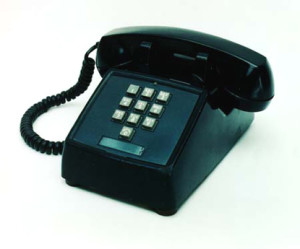
A push-button TouchTone phone from 1963. Note the missing * and # keys. They were not introduced until 1968.
November 18, 1963
Bell Telephone offers the first electronic push-button telephones to customers in Carnegie and Greensburg, Pennsylvania. Dual-tone multi-frequency (DTMF) technology (Touch-Tone) was also introduced on the same day in order to accommodate the new push-button telephones.
Computer Mouse Patented
Douglas Engelbart receives US patent 3,541,541 for his “X-Y Position Indicator For A Display System”, more commonly known as the computer mouse. Engelbart called his device a “mouse” because the cord looked like a tail. The mouse was first prototyped in 1964, but wasn’t demoed until 1968, and was not included with a commercial computer until the Xerox 8010 Star Information System in 1981. Apple first brought the mouse to a personal computer with the Lisa in 1983. However the mouse did not become ubiquitous until after 1984, when Apple’s Macintosh popularized the device.

